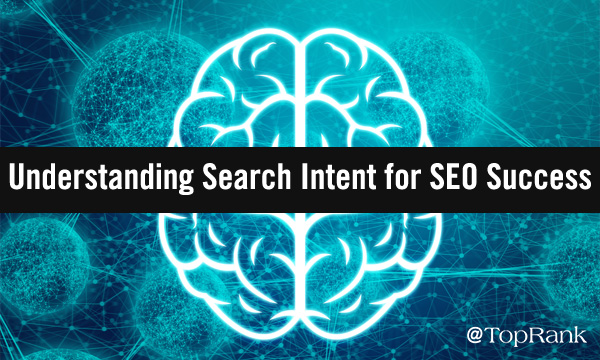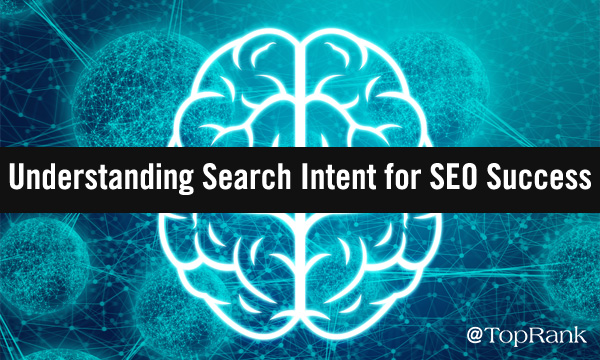It starts by understanding there are different types of intent. From there, there are steps you can take to create a more data- and intent-informed SEO and content marketing strategy. And generally speaking, there are four core types of search intent: informational (know), navigational (go), transactional (do), and commercial (do + know)—all of which manifest at different stages throughout the customer or buyer journey. They have additional questions that they want answered to help them inform their buying decisions. Keywords here are very specific as they’re in the bottom of the funnel and often include transactional terms like “buy,” “sale,” or “price.” Stage: Bottom 3 Steps for Building Search Intent into Your SEO & Content Strategy Now that you’re able to look at your SEO and content strategy under the lens of search intent, the three steps below are a great starting point to leverage that knowledge to make strategic decisions. Step 2: Evaluate the Competition Chances are, your content isn’t dominating Page 1 search results across the board; you have competition. So, you need to take the time to analyze the content topping search result pages for your top priority keywords and topics. This will help you can gain a deeper understanding of how search engines have determined intent and why they’ve identified your competition (indirect or direct) as the best match. What types of results are on the SERP? So, start by identifying the type of search intent for your target keywords as you review SERPs.

From changes in how people search thanks to technological innovations such as voice assistants, to changes in how search engine algorithms identify searcher needs, smart SEO is now rooted in understanding and matching the intent behind search queries.
When we marketers understand search intent, we can create new content and/or optimize existing content to be more tailored to their audience’s specific needs, problems, and questions—helping gain SERP visibility in the increasingly crowded content landscape, and attract more qualified traffic and build trust with those visitors (who will hopefully feel like you “get” them and their needs).
At TopRank Marketing, we call this SEO and content strategy striving to be the best answer for your audiences—wherever and whenever they’re searching. But where do you start?
It starts by understanding there are different types of intent. From there, there are steps you can take to create a more data- and intent-informed SEO and content marketing strategy.
Below, we dive into the different categories of search intent, as well as provide some starting steps for strategically mapping your content to what your audience is really asking for.
When marketers understand #searchintent, we can create #content more tailored to our audience’s specific needs, problems, and questions—helping gain visibility, attract more qualified traffic, & build trust. @annieleuman Click To Tweet
The Four Types of Search Intent
Whether you want to book a flight to Las Vegas or you’re looking to get a crash-course in underwater basket weaving, we all search for content that helps us achieve something. And generally speaking, there are four core types of search intent: informational (know), navigational (go), transactional (do), and commercial (do + know)—all of which manifest at different stages throughout the customer or buyer journey.
#1 – Informational
This type of search intent is all about learning; searchers are seeking knowledge. Searchers here want to learn more about a topic, are asking questions, and seek answers. Generally speaking, this is the most popular type of search intent—but queries can range from simple questions or phrases (broader queries with lots of search volume) to more complex queries (long-tail queries with more complicated answers and lower search volume.)
Typically, informational queries occur early in the funnel. Searchers have a problem and they’re looking for a solution. They’re going to take some nurturing before they will be ready to convert and are more interested in getting their questions answered quickly than sticking around and making a purchase.
Stage: Top
#2 – Navigational
Navigational intent is all about location. The searcher knows what they need and want, they just don’t know how to find it. Here, searchers often use branded keywords along with specific products and services to find the exact webpage they need. For example, a navigational search might be “L.L. Bean Winter Boots” or “Intel Cloud Computing.” As a result, the SERP typically contains products and service pages as well as brand-related news coverage.
Stage: Middle
#3 – Commercial
Searchers with commercial intent are ready to make a purchase, but they want additional information first—hence the “do + know” designation. They have additional questions that they want answered to help them inform their buying decisions. For instance, they might be trying to decide between two different products and services. They know they need one or the other, but just need an additional resource or guide to help them decide.
Stage: Middle + Bottom
#4 – Transactional
As the name implies, transactional intent is all about the purchase. Searchers are ready to convert and just need to find the correct page or place to convert. Keywords here are very specific as they’re in the bottom of the funnel and often include transactional terms like “buy,” “sale,” or “price.”
Stage: Bottom

COMMENTS